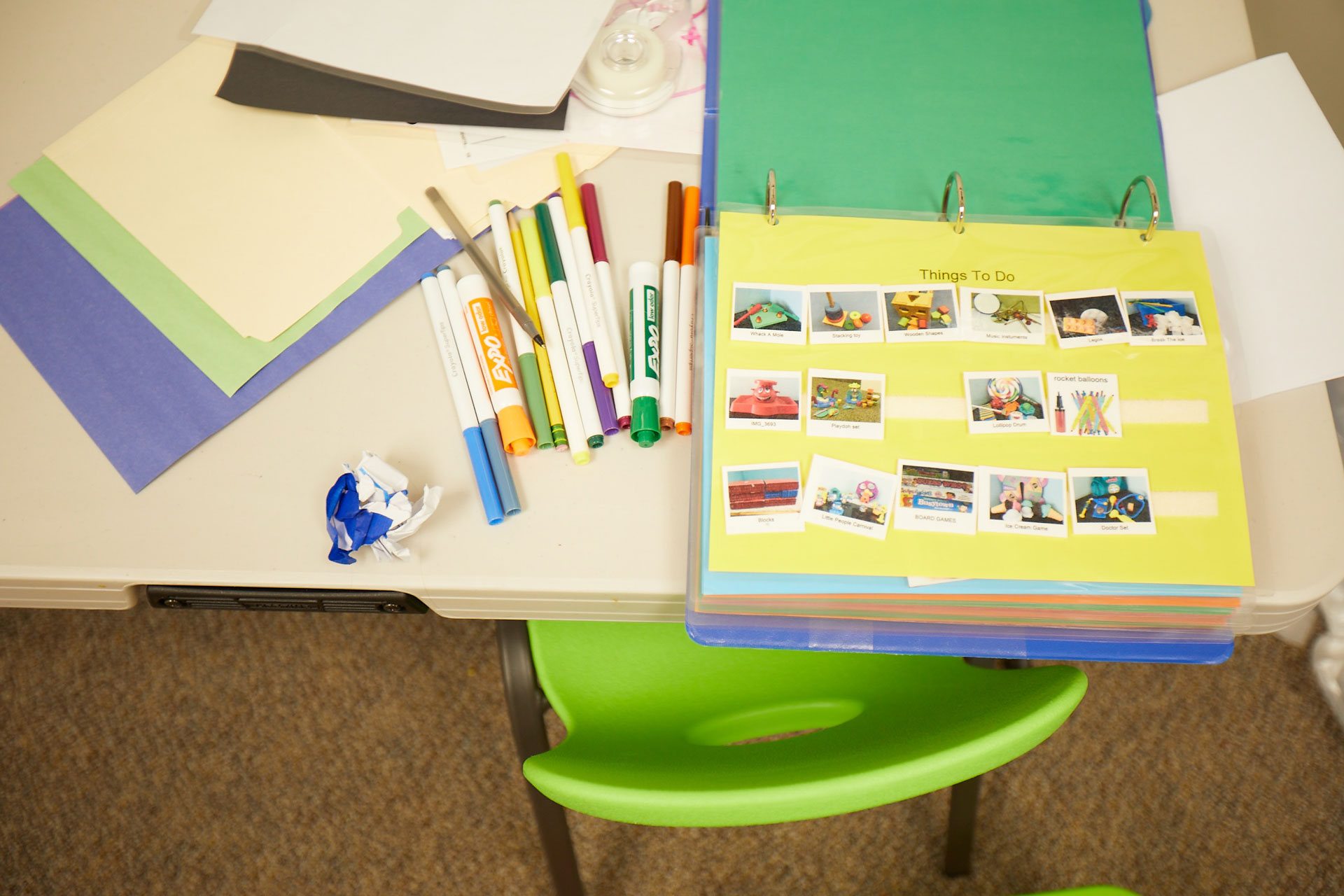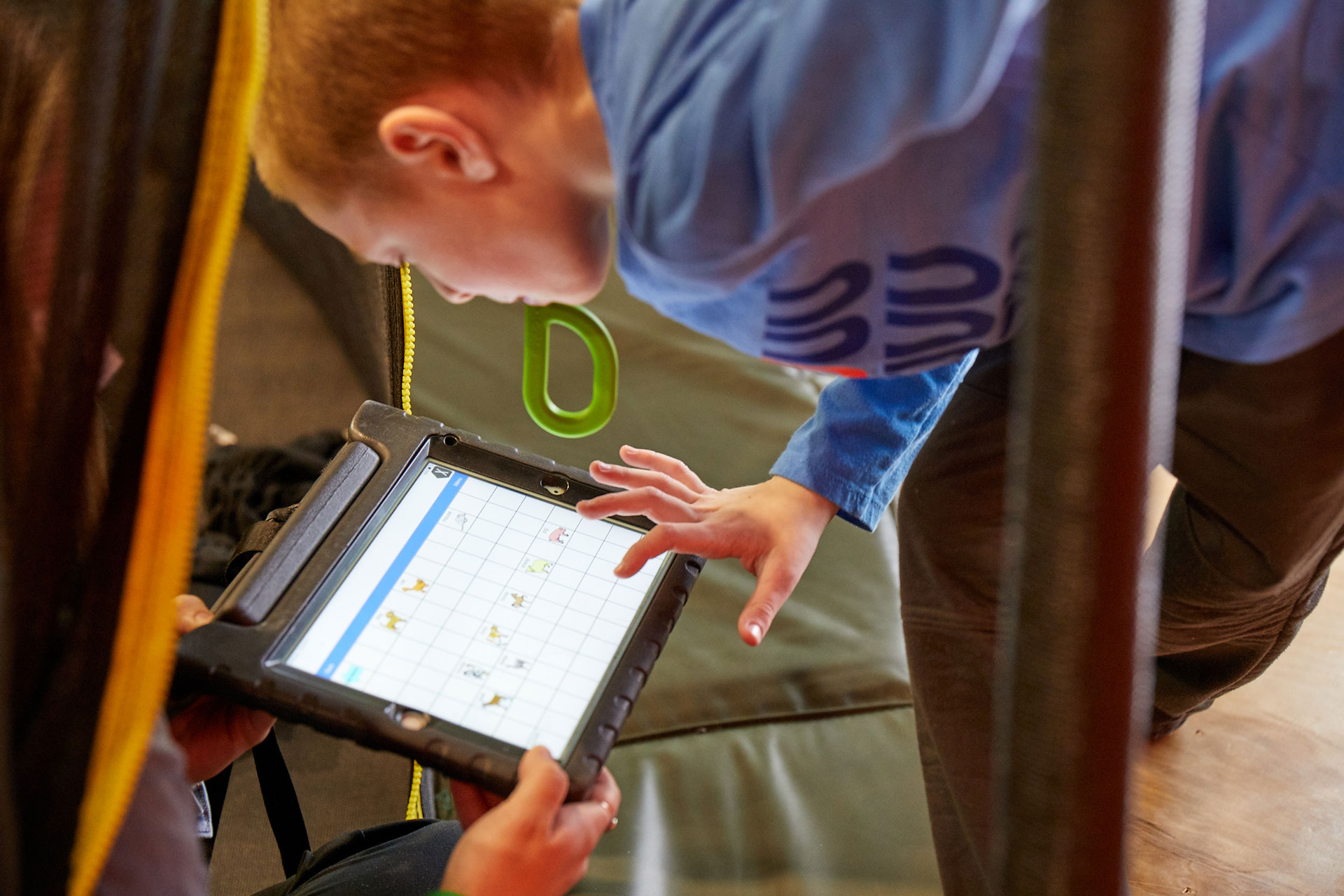
Did you know that approximations of words are also words?!
Alternative and Augmentative Communication (AAC) and Gestalt Language Processing (GLP) treatments are popular in the autistic treatment world right now – and our Kalamazoo location, specifically, has been doing a tremendous job implementing these treatments with children who need help communicating effectively.
Here's what you should know about AAC:
AAC stands for "Alternative and Augmentative Communication". The goal of introducing any form of AAC is to help an individual learn to effectively communicate whatever they want, whenever they want, with whomever they want. After all, communication is a human right.

"Some people may also be 'part-time' AAC users. These people often can use verbal speech effectively but not always reliably."
